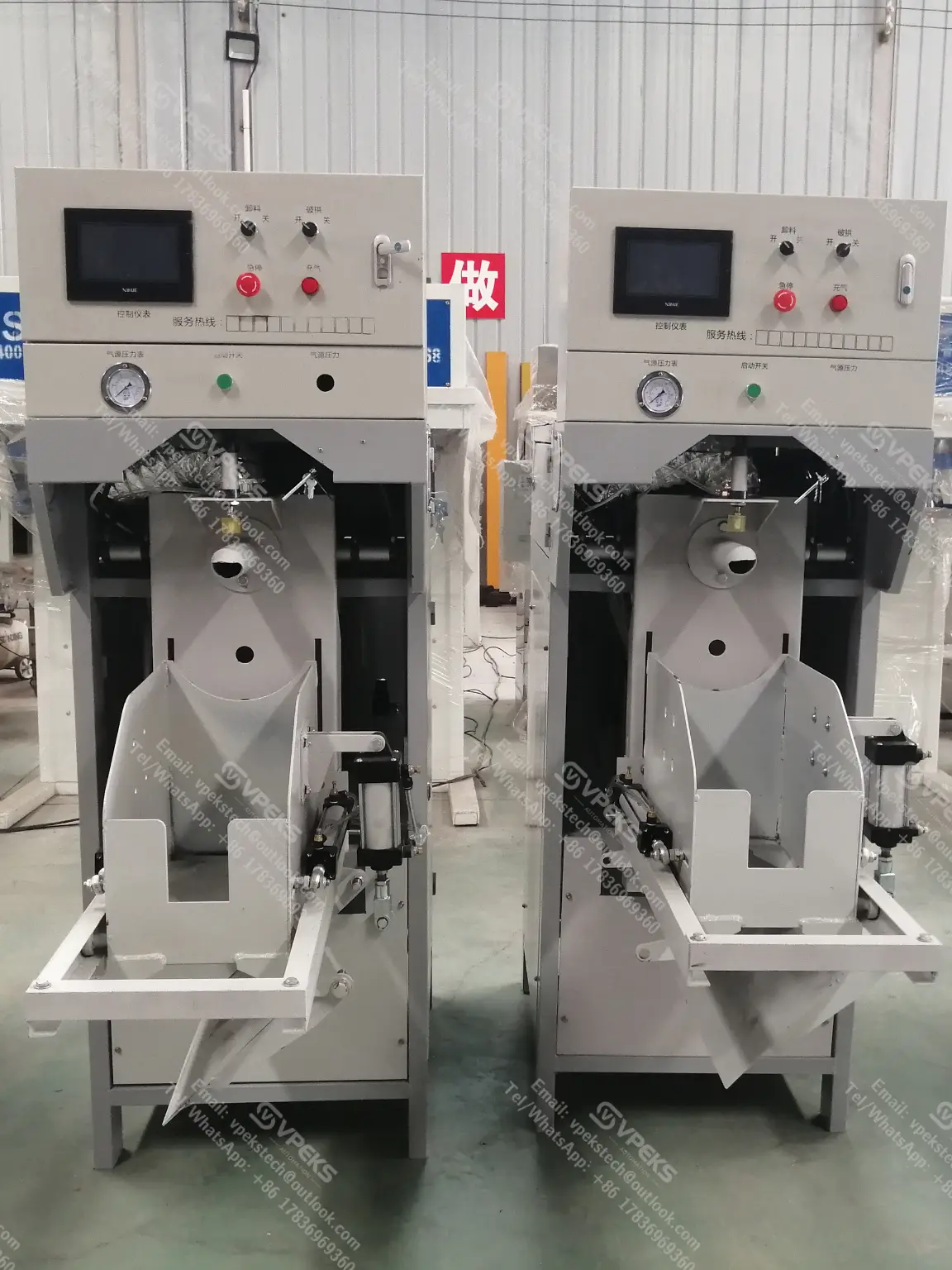Introduction
The valve cement filling machine is a highly efficient packaging device designed for the rapid filling of powdery or granular materials. This machine is commonly used in the construction industry to accurately fill valve bags with cement, lime powder, and other materials.
Operating Principle
The valve cement filling machine utilizes specially designed valve bags and fills them through a nozzle. Once the bag is full, the valve automatically closes, ensuring no material leakage and reducing dust emissions.
Types of Machine
Valve cement bag filling machines can be categorized based on their filling mechanism into:
- Screw Type: Suitable for dusty materials, filled through a screw conveyor.
- Impeller Type: Ideal for free-flowing materials, pushed into the bag by a rotating impeller.
- Gravity Type: Used for granular materials, relying on gravity to assist the filling process.
- Pneumatic Type: Designed for materials that require compressed air for filling.
Technical Specifications
Technical specifications of valve cement bag filling machines include filling speed, accuracy, compatible bag types, and weight range. For instance, some models can fill up to 12 bags per minute with an accuracy of ±0.5-1% of the target weight.
Application Fields
Beyond the construction industry, valve cement filling machine is also widely used in chemical, food, and petrochemical industries. They can handle a variety of powdery, granular, and fibrous materials.
Advanced Features
Modern valve cement filling machine come equipped with state-of-the-art features that enhance their performance and user-friendliness:
- Automated Weight Calibration: Ensures precise measurement of materials, reducing waste and improving consistency.
- Touch Screen Control Panels: Simplify the operation process, allowing for quick adjustments and monitoring.
- Integrated Dust Collection Systems: Minimize airborne dust during the filling process, promoting a cleaner and safer work environment.
- Remote Monitoring Capabilities: Enable operators to oversee the filling process from a distance, ensuring efficiency and allowing for immediate troubleshooting.
Environmental Impact
The latest designs of cement filling machine are developed with sustainability in mind. They aim to reduce the carbon footprint by:
- Optimizing Energy Consumption: Using energy-efficient motors and components.
- Recycling Excess Materials: Reclaiming spilled or leftover materials for reuse.
- Reducing Packaging Materials: Designing bags that require less material without compromising strength.
Conclusion
With their efficiency, precision, and eco-friendliness, cement filling machine has become an essential part of modern industrial packaging. As technology advances, these machines will continue to provide high-quality packaging solutions across various sectors, contributing to more sustainable and cost-effective production processes.

